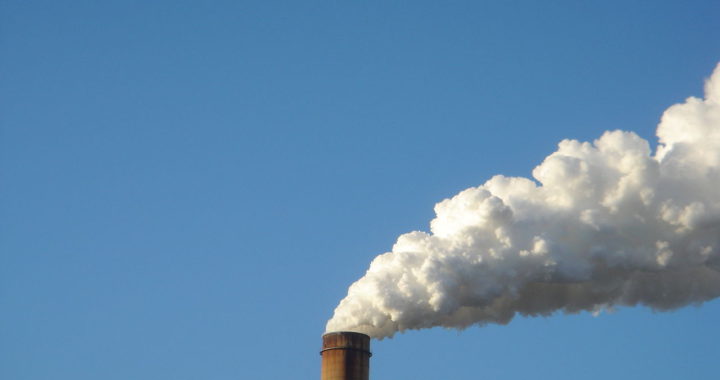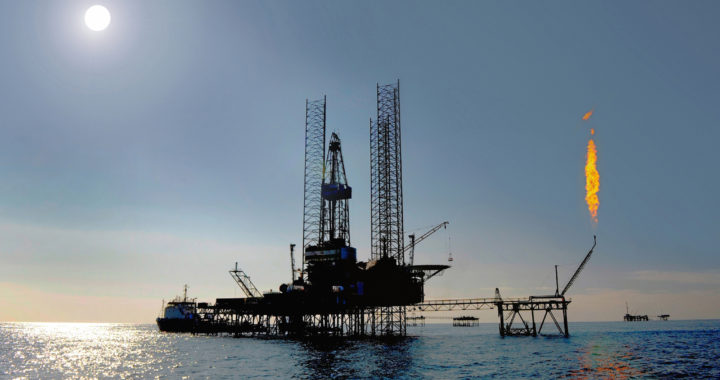In the last several weeks, we’ve spilled lots of ink discussing ballot Initiative 97, an anti-fracking ordinance designed to devastate the Colorado oil and gas industry utterly. Unfortunately, as the November election looms nearer, Initiative 97 is coming closer to fruition. Having hurdled the petition process, now initiative 97 is an official part of the ballot in the fall. That means a fancy new name change.
Make no mistake, though, even though 97 is now operating under the new bureaucratic title — proposition 112 — the inner workings of this dangerous legislation have not changed one iota.
Here are the straightforward facts surrounding proposition 112.
If you’re unfamiliar with prop 112, you can read the basics here. Essentially, the legislation aims to increase the mandatory setback for oil and gas projects to an unworkable 2,5000 feet from occupied structures or anywhere deemed a “vulnerable area.”
Proposition 112 By the Numbers
According to a fact sheet released by the Colorado Oil and Gas Association, the economic impact of Proposition 112 drums up some pretty scary numbers:
43,000
The number of jobs lost in the first year after passage. Those are more than just oil and gas jobs, too. Industries across the spectrum would be negatively affected. Thousands of retail, construction, and healthcare jobs could be lost.
147,800
The total number of jobs lost by 2030. As much as 77 percent of lost jobs would fall outside the oil and gas industry.
$700 million
The potential loss of revenue for Colorado’s schools every year. More than 9,000 teaching and government jobs rely on that income.
$1 billion
The annual loss of tax revenue to the state of Colorado, a deficit that translates to higher taxes and less efficient infrastructure.
$26 billion
The damage to Colorado’s state economy every year by 2030.
$147.6 billion
Personal income lost over the next decade. That’s money out of voters’ wallets.
Those numbers add up to a pretty scary decade for Colorado should prop 112 see the light of day.
Do Your Duty on Election Day
As this economic tremor sets up to rumble through the state, it’s more important than ever to divorce the truth about Proposition 112 from the baseless vitriol spouted by media outlets intent on stirring up controversy. The simple truth is that passage of Prop 112 would decimate the Colorado economy, possibly beyond repair.
Rather than work alongside the oil and gas industry to curb methane emissions (a project the industry itself is taking very seriously), anti-fracking advocates would prefer a shortcut solution that would cause far more havoc than it solved. When the time comes to cast your vote in November, remember to think about your community at large, not the headlines that fill up your social streams.
Vote no on proposition 112.





